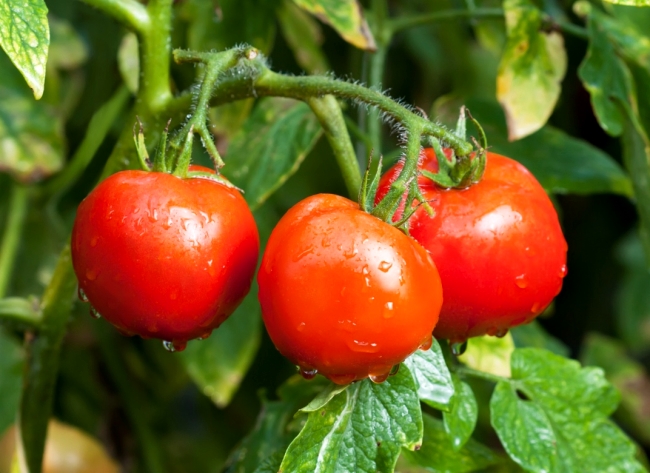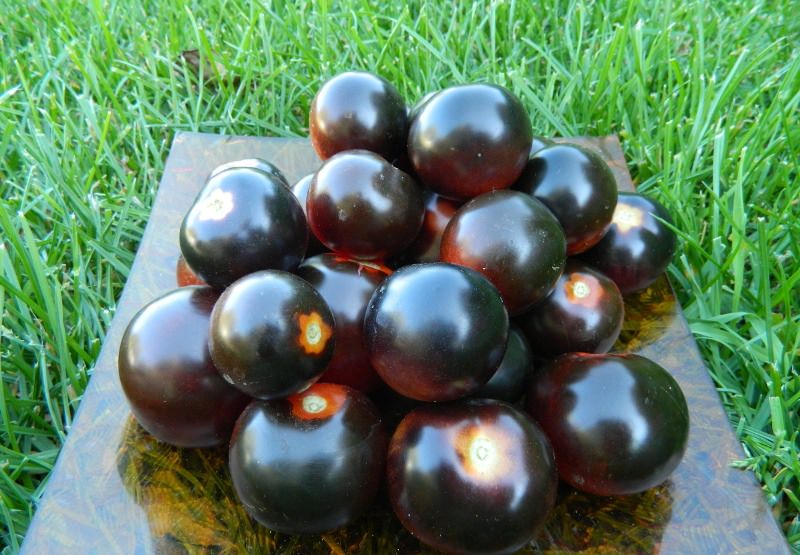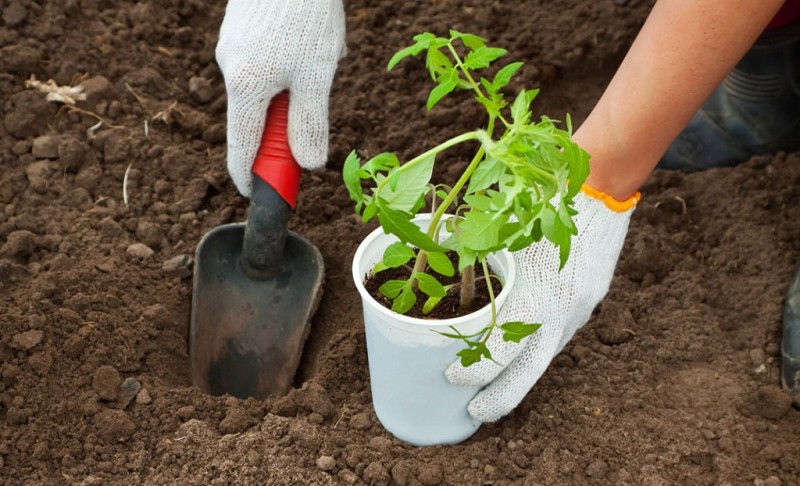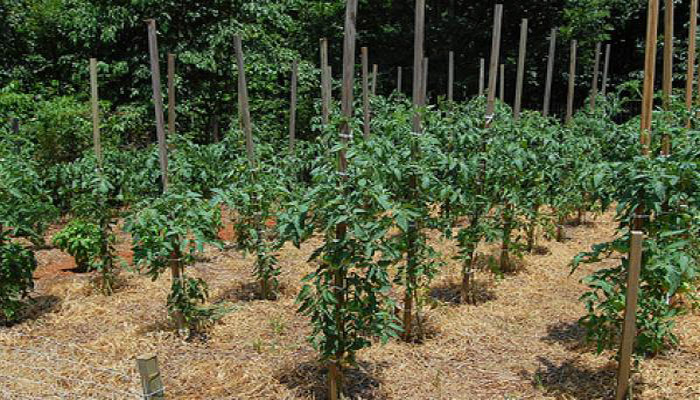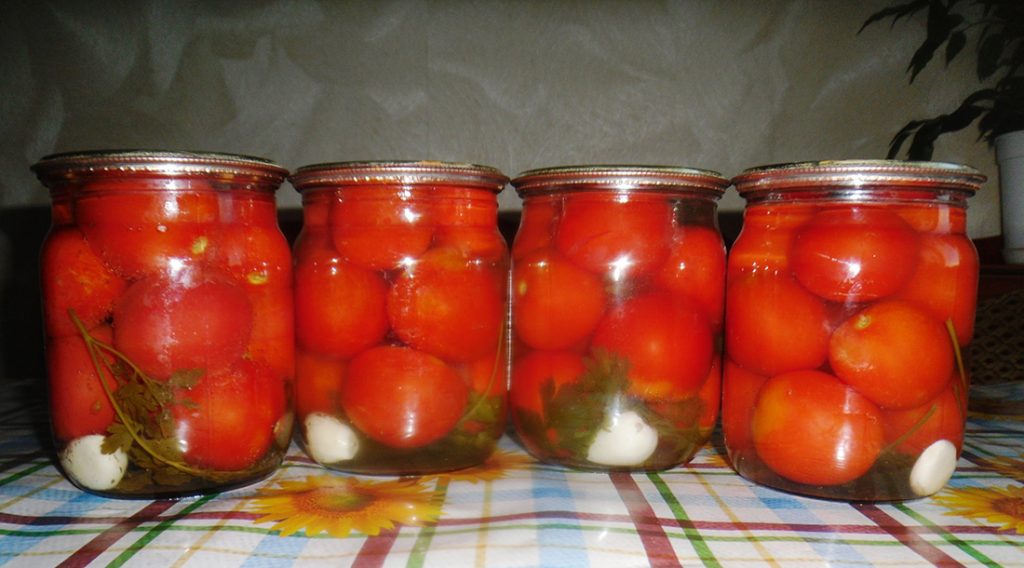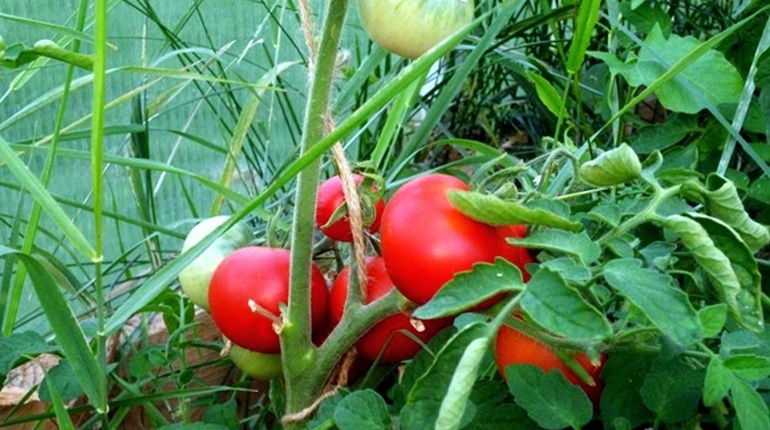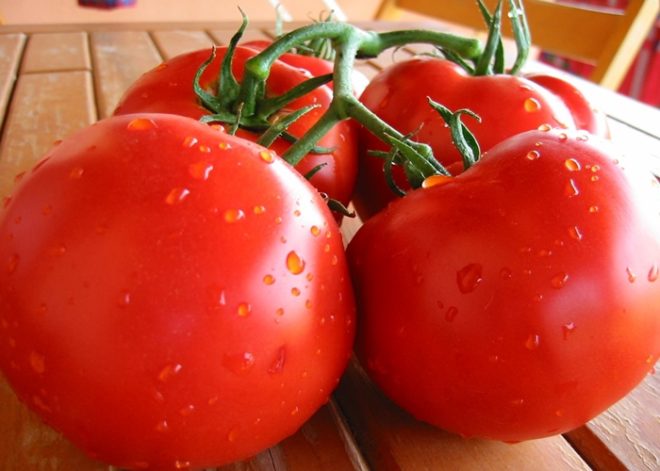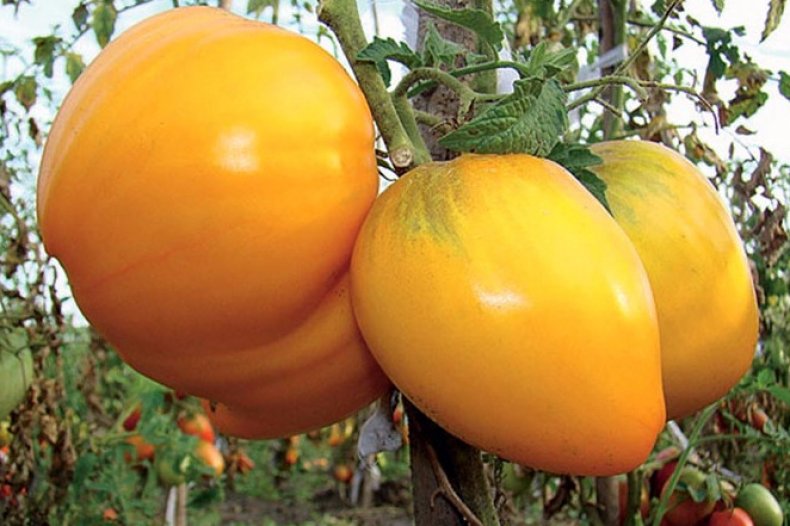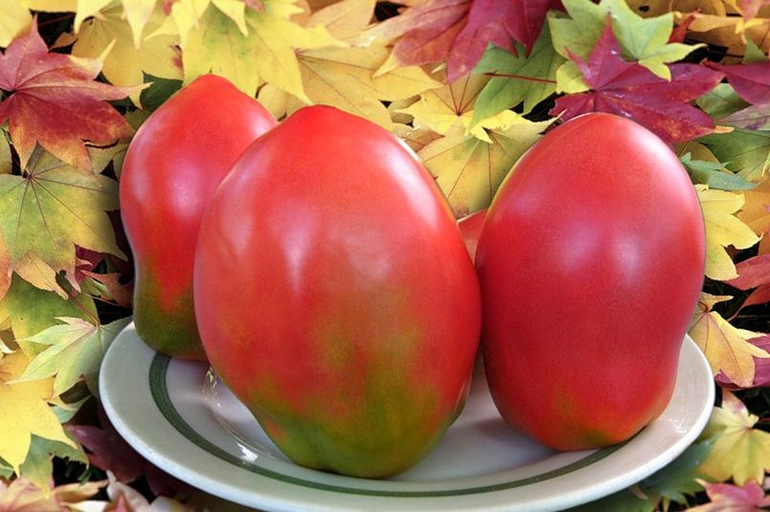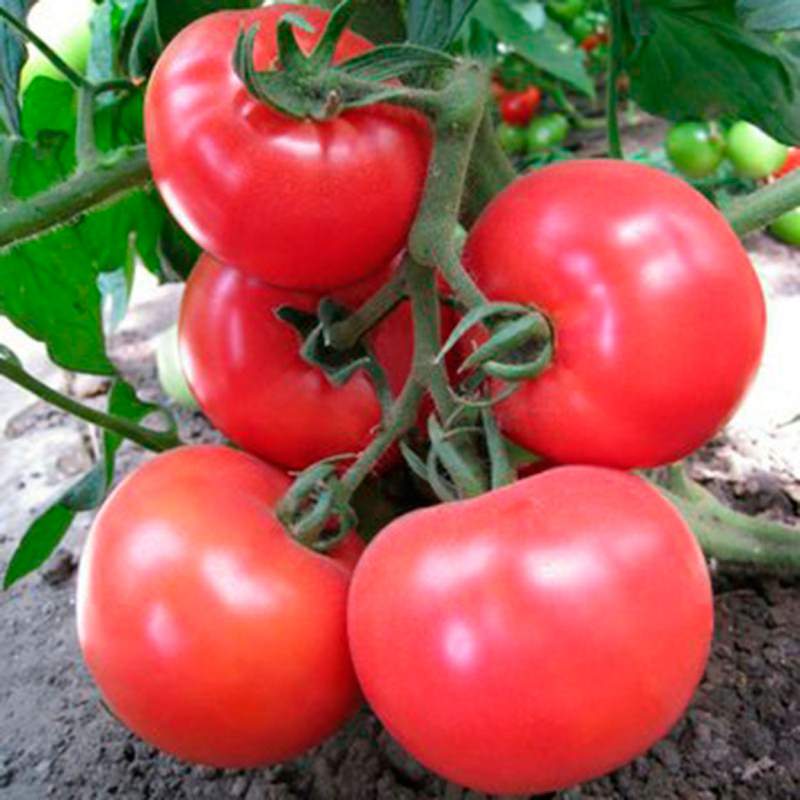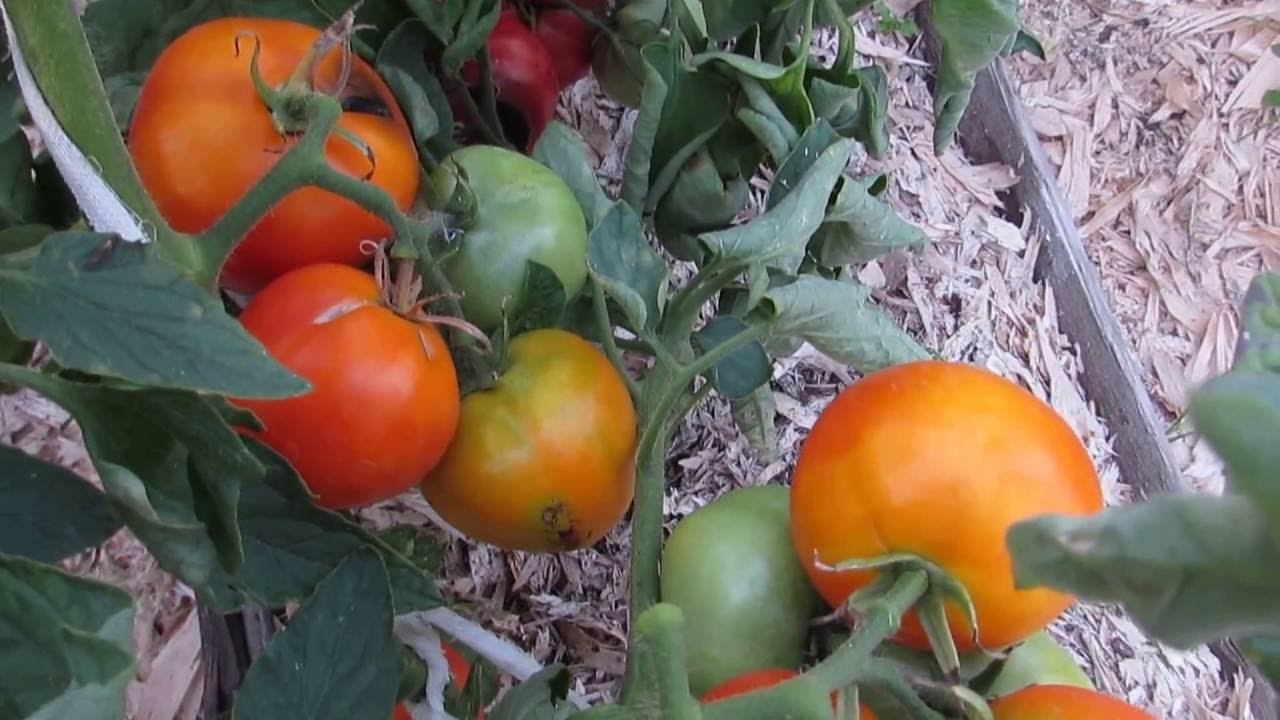Early ripe tomatoes are the best option for gardeners who grow tomatoes in difficult climatic conditions. These varieties are able to bear fruit even with a short and little sunny summer.
Among the most popular varieties, the most common tomato is Lakomka, the characteristics and description of the variety are given below. In addition to its compact size, this variety also has an ultra-early ripening period and has a unique sweetish tomato flavor. Therefore, it is not surprising that this tomato is so loved by summer residents throughout the country.
Characteristics and features of the variety
The main feature of the variety is its early maturity. Even if the summer turned out to be cloudy and cool, the plant will bear fruit no later than 90 days after sowing. If the weather is lucky, and the seedlings were planted in open ground, then the ripening time can be reduced to 80 days.
From one Gourmet bush, about 7 kilograms of fruits are obtained, which ripen at the same time. The variety bears fruit for a very long time, forms ovaries even with a lack of moisture. Resistant to various diseases typical for tomatoes.
You do not need to pick off the leaves. The plant is semi-spreading with clusters on which tomatoes are formed. The first brush is formed over 8 leaves, all the others - through 2 leaves.
Due to its compactness, Lakomka does not need a large area. Up to 6 bushes can be grown on 1 square meter. This quality is just perfect for growing crops in a greenhouse or greenhouse.
Gourmet tomatoes have the following description:
- in a mature state, they become crimson, rounded;
- in weight reach 130 grams;
- perfect for preserving and juicing, as well as for fresh consumption;
- the pulp is juicy, not devoid of density, the skin is thin, but strong and elastic; does not deteriorate during heat treatment and transportation.
Tomatoes Black Gourmand have a bush height of up to 2 meters, large size and dark fruit color. The ripening period is more than 100 days.
Tomato Black Gourmand requires a little more complicated care than its raspberry namesake. Apart from the garter and shaping, the bushes need disease prevention. Therefore, it is imperative to spray.
Agrotechnics
It is customary to sow seeds after March 15, if tomatoes are planned to be grown in a greenhouse, and in early April, if outdoors. As a rule, the market seed has already been treated with a disinfectant. Therefore, you do not need to soak it in potassium permanganate. It is enough to improve the soil. If home-grown seeds are used, they should be dipped in a manganese solution for several hours, and then thoroughly rinsed and dried.
Together with industrial means, many summer residents often use natural disinfecting compounds. The most common are a decoction of mushrooms, aloe or potato juice, a solution of wood ash or honey.
Whichever of these means is preferred, the rules must be followed:
- To begin with, it is recommended to soak the seeds in melt water for 6 hours;
- When the seed swells, it can be collected in a gauze bag and dipped in a healing solution;
- After processing, all seeds must be well dried.
It is also important to saturate the soil with nutrients. It is advisable to fertilize in the fall. For its preparation, a little peat, sand and turf are usually mixed, taking everything in equal proportions. Half a month before sowing the seeds, this mixture is placed in a preheated oven for half an hour. And after cooling, they are introduced into the soil.

For sowing seeds, they usually mix a little peat, sand and turf, taking everything in equal proportion
There is also another way. To prepare the fertilizer, you need to take 10 liters of water, 25 g of superphosphate, the same amount of potassium sulfate and 10 g of carbamide. Mix all these substances and feed the earth.
If everything is done correctly, seedlings will appear on the seventh day. After the appearance of the first 2 leaves, the seedlings are time to dive, i.e. transplant each sprout into a separate container. But first you need to feed the soil again.
As for watering, it must be organized as the soil dries out. Excessive moisture will lead to accelerated growth of the stem. In this case, the root will not have time to develop sufficiently. It is best to water the plant once a week.
When the tomato grows up, it will need to be transplanted to a permanent place. But before that, be sure to harden.
Many summer residents want to speed up the fruiting process in tomatoes. For this they build greenhouses. It is important to take into account some subtleties.
If biofuel is used, the greenhouse should be located in an area slightly shaded from the sun. The place is pre-cleared of snow, the soil is dug up and fresh manure is added mixed with sawdust. When the temperature of the earth is constantly kept at a level not lower than +10 degrees, it will be possible to plant tomatoes.
In the case when the transplant is carried out in open ground, it is also important to adhere to some rules. The most favorable place is the southern slope. Moreover, it is desirable that before that green vegetables, and especially Solanaceous, such as tomatoes and potatoes, did not grow on it. Use of mulch in spring is encouraged. It allows you to retain moisture in the soil and maintains a favorable temperature.
Tomatoes should be planted in an open area when the soil is already reliably warmed up. 6-7 days before this, holes are prepared and the soil is fertilized. When landing, a little manganese solution is poured into the hole. The variety will take root well and give a bountiful harvest if onion peels are poured into the hole.
Further care of the plant consists in feeding, loosening the soil, timely hilling and watering.
The variety is very resistant to cold weather and tolerates drought well. But without watering it will inevitably die. Therefore, it is necessary to ensure high-quality irrigation of the crop in the morning and evening.
It is worth mentioning that this variety of tomatoes has good immunity to the most common diseases. And the harvest ripens so quickly that even late blight is not afraid of it. Therefore, there is no need for preventive spraying.
Advantages and disadvantages
Having made a detailed analysis of the description of Gourmet, anyone can highlight for themselves both the strengths of this culture and its weaknesses.
The advantages include the following qualities:
- disease resistance;
- high yield even in difficult conditions;
- ultra early ripening;
- ease of transportation;
- excellent taste;
- suitability for canning;
- relative unpretentiousness in care.
Compared to a series of pluses, there are few negative properties.
The following parameters can be noted:
- exactingness to the nutrient composition of the soil;
- vulnerability with improper watering.
The ideal tomato variety does not yet exist. But in a capricious climate, when summer warm days only drop in for a short while, Gourmet tomatoes are what you need. They will generously present their owner with a rich harvest, no matter what.
